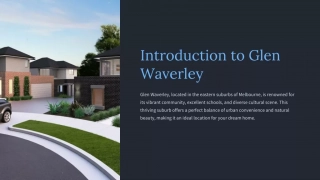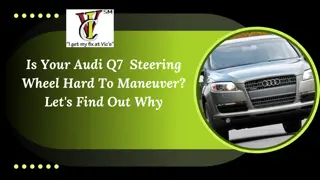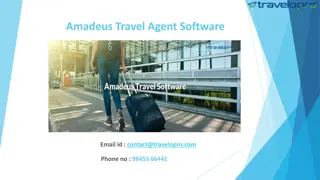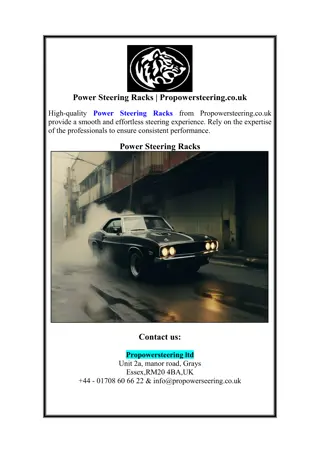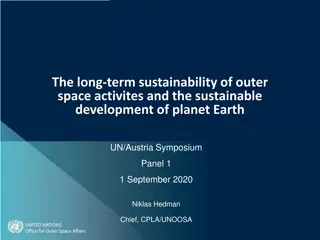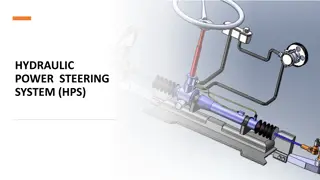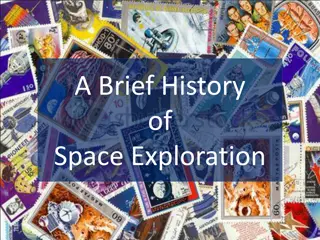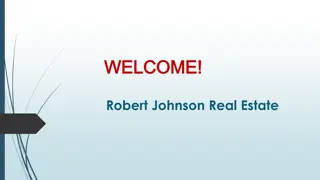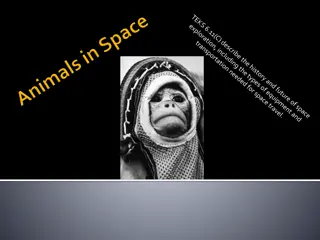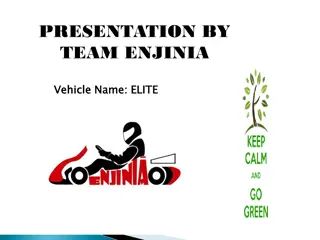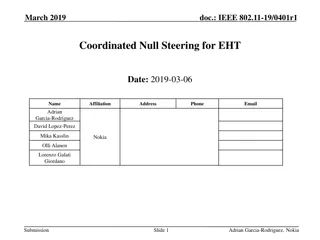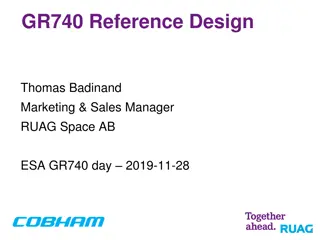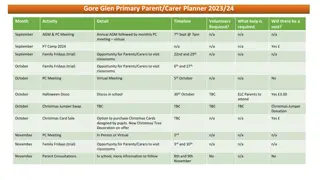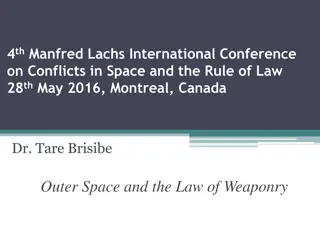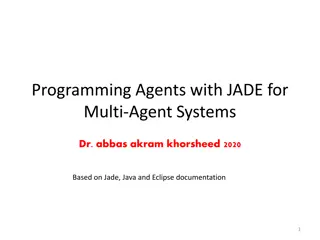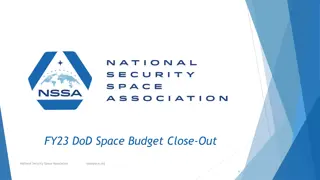Robust Space-Time Footsteps for Agent-Based Steering by Glen Berseth, Mubbasir Kapadia, Petros Faloutsos
This research focuses on enhancing the interface between steering and motion synthesis for agent-based systems. It introduces geometric pruning of search space, randomized step directions and times, and new types of footsteps, leading to significant performance improvements, stability enhancement, and avoidance of local minima. The study also delves into footstep-based steering in robotics and animation. Various innovative approaches are discussed, such as dynamic collision models and near-optimal finite horizon best-first search in motion planning.
Download Presentation

Please find below an Image/Link to download the presentation.
The content on the website is provided AS IS for your information and personal use only. It may not be sold, licensed, or shared on other websites without obtaining consent from the author.If you encounter any issues during the download, it is possible that the publisher has removed the file from their server.
You are allowed to download the files provided on this website for personal or commercial use, subject to the condition that they are used lawfully. All files are the property of their respective owners.
The content on the website is provided AS IS for your information and personal use only. It may not be sold, licensed, or shared on other websites without obtaining consent from the author.
E N D
Presentation Transcript
Robust Space-Time Footsteps for Agent-Based Steering Picture By Glen Berseth1, Mubbasir Kapadia2, Petros Faloutsos3 University of British Columbia1, Rutgers University2, York University3
Interface between steering and motion synthesis Simple Sliding Disk Position Velocity No information about limbs
Goals Better interface between steering and motion synthesis Sufficiently detailed information for motion synthesis Efficient space-time planning Heterogeneous agents Better qualitative performance
Contributions: Geometric pruning of search space Search uses randomized step directions and times New types of footsteps (In-place turning) Benefits: 5x performance increase Improved stability and local minima avoidance Elimination of certain deadlocking configurations
Related Work Footstep-based steering Robotics [Lots] Animation [van Basten and Egges 2010, Singh et al. 2011]
Footstep State Space Footstep State: {COM Position, COM Velocity, foot position, foot orientation, foot {Left, Right}} Footstep Action:
Motion Planner Near-optimal finite horizon best first search Cost function: Maintaining certain speed Changing momentum Heuristic estimate: Estimates the number of steps to the goal and then computes the associated energy cost
Successor State Generation Randomized, continuous Ad-hoc, discrete Possible successor states for right foot
Geometric Validation End of finite horizon plan Initial placement
Analysis metrics: Quality: Complete: Reached target location Solved: Reached target location without collision Efficiency: SimTime: Time to finish simulation
Analysis 99.7% completion [Singh et al. 11]
Questions? Robust Space-Time Footsteps for Agent-Based Steering By Glen Berseth1, Mubbasir Kapadia2, Petros Faloutsos3 University of British Columbia1, Rutgers University2, York University3
Sliding Disk Issues Has fixed collision boundaries Provides no contact points Few locomotion constraints (turning radius, sharp changes in direction) No space time planning


